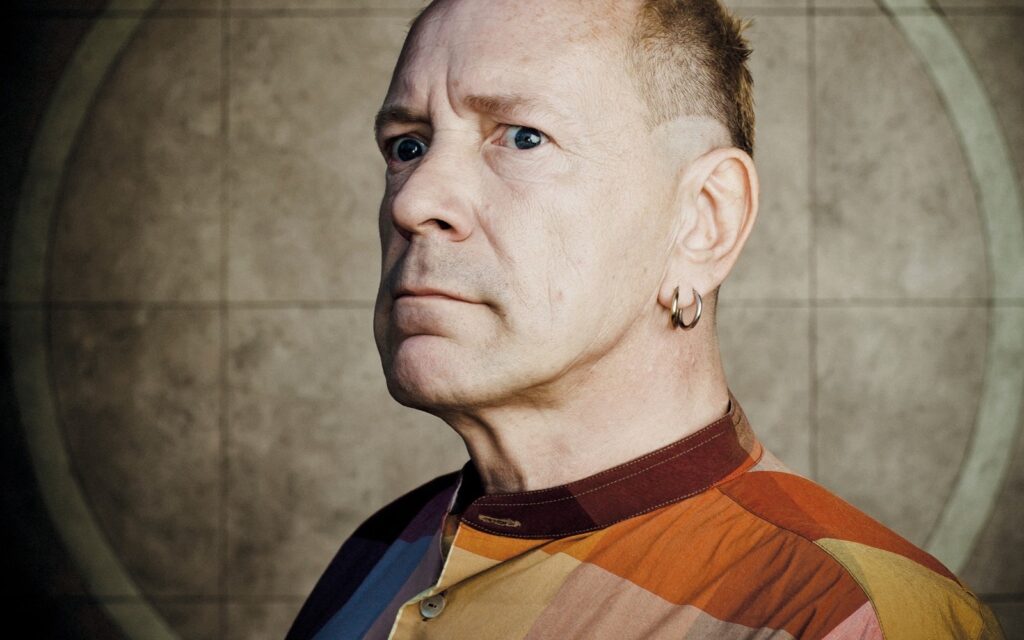“Basically at the height of winter it’s, I would say, five hours of daylight. And it’s like five hours of twilight,” De Borst says quietly. “If you go further north, it doesn’t get light at all.” The magically eerie city provided the backdrop for half of the long recording and producing process, while the other half was conducted in Auckland, in the band’s home country. The decision by the four-piece to spend productive time in Stockholm was a simple one. “It’s my studio so there’s no financial costs, basically,” De Borst explains. “We just get everybody over. And I mean there’s massive advantages to that: we can do whatever we want, we can play as late as we want, we can take as long as we want to do anything. The downside of it is that, as well,” he admits. “There’s no-one saying, ‘You’re on the clock, get on with it’. I can re-do my vocals like, hundreds of times.”
The far-flung homes of The Datsuns’ members meant the album’s development was necessarily lengthy, with the group making an initial recording in Sweden and then gradually adding to it every time they were back together for tours. “Things started piling up and that’s why the record’s probably ended up 14 songs long,” says De Borst. “Usually we like about 10 or 11 songs. It just kept getting longer,” he laughs. “I’ve really enjoyed the way it’s all sort of come together in the end… It was the beginning of 2011 that we started, and it wasn’t until the start of this year that it all kind of got wrapped up. It was kind of a mission.”
The mission’s end was particularly irksome for the singer. “Basically everybody left and it was kind of up to me to finish it off, which I hated,” he says solidly. “I mean, if it was my solo project or like a completely different kind of thing I’d be fine with that; if it was [a solo] vision it would be my vision. But this band is very much a collaboration. It was a real pain in the arse. We can write a song in five or ten minutes in the studio or rehearsal space and it sounds great, and it’s instinctive, and you kind of feed off each other. But when you start doing the tracks back and forth thing it just doesn’t work, I think, for us. We’re too knuckle-headed.”
The beauty of Death Rattle Boogie comes in the way you can hear the band’s heart, as a constant style, throughout all of their explorations. It’s a progression from previous release Head Stunts as its jittering, undulating delays seem to soar into space instead of just way over the land, as they did before.
“I suppose our musical taste is pretty all over the place,” De Borst says of the album’s influences. “That’s the kind of stuff we’ve been listening to for a long time: ‘70s stuff, and late ‘60s sort of psych stuff. People say, ‘It sounds like you guys, but through a slightly different lens’. It’s been four years since the last [record], we’re all a little older, maybe we’re a little more confident to try out different [things].”
Lead single Gold Halo is classic Datsuns, full of wailing solos and huge unrestrained riffs. Its video was shot by New Zealander Sam Kristofski, whom the band gave an incredibly free license to create something which visually matched the aurally stunning track. The result, which is super reminiscent of weirdo 2010 film Beyond The Black Rainbow, pleased the guys immensely. “He would send us stills every week. I just really like that idea of letting the filmmakers do whatever they want. I think we’d seen some other stuff that he’d done and it was really, really good. Hopefully we do another one with him.”
The Datsuns are set to play two shows in Melbourne, both free. Lucky us. “Yeah, I don’t know how it really came about, the logistics of the whole thing,” says De Borst. The suggestion was made by the band’s manager and, awesomely, taken up. “We were like, ‘alright’,” the singer says simply. “It was kind of a no-brainer.”
BY ZOË RADAS







